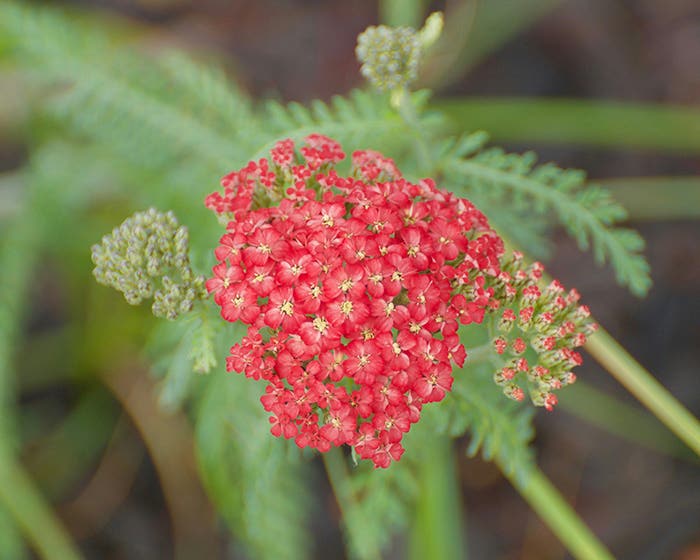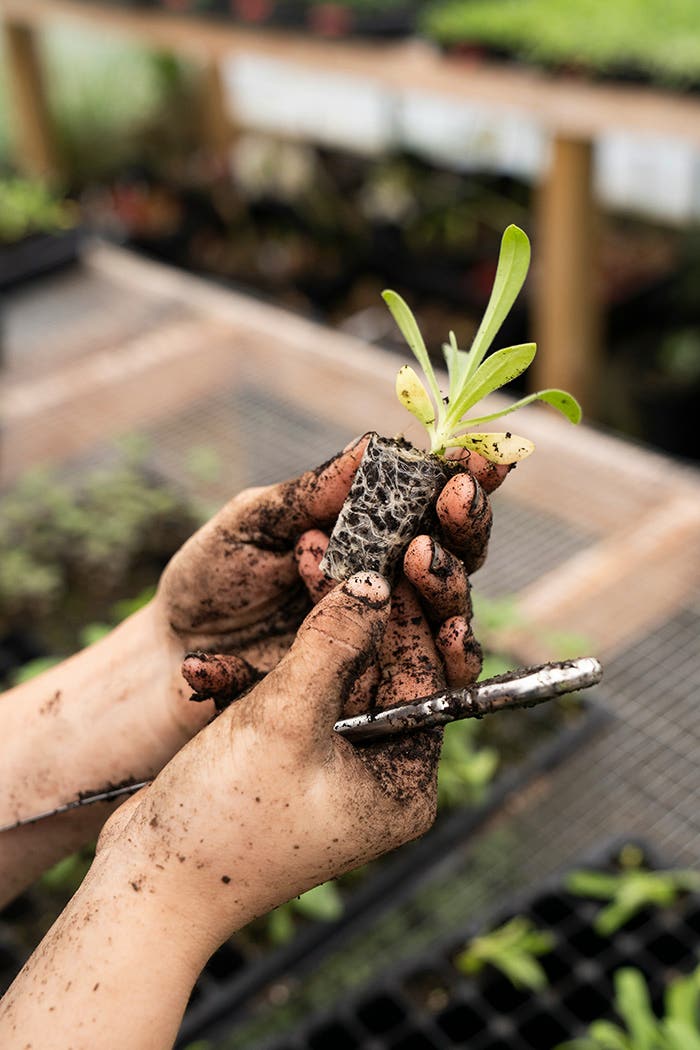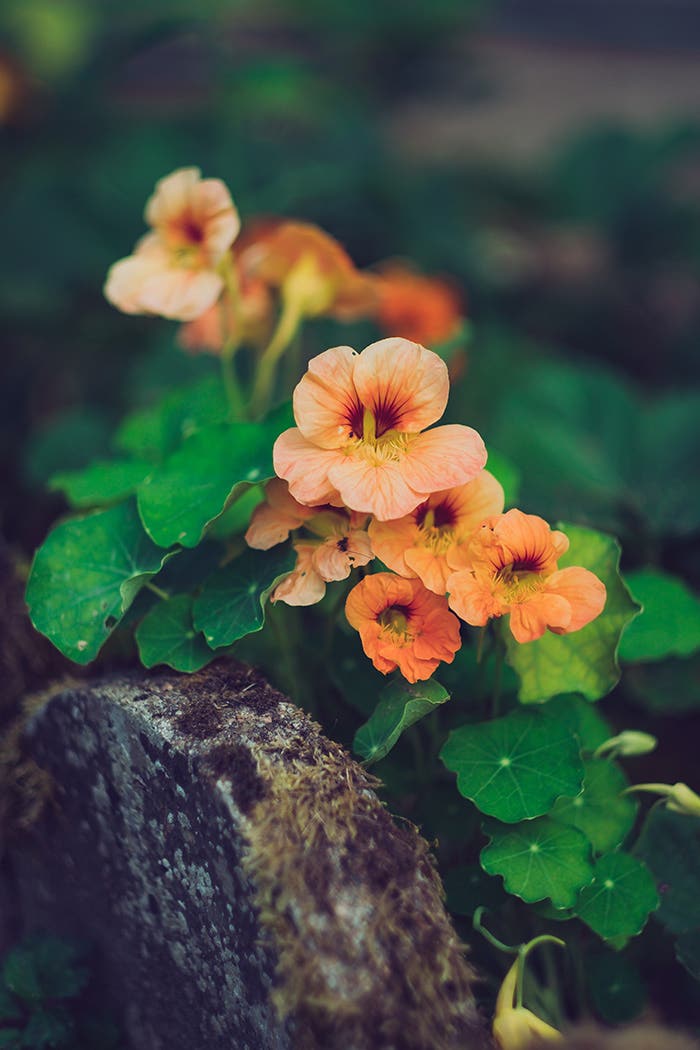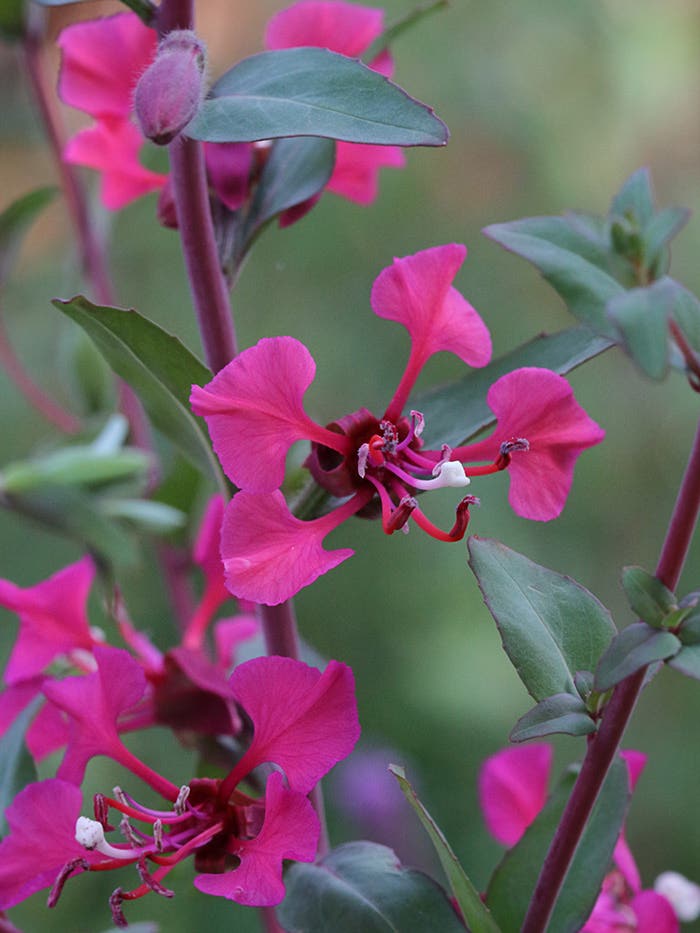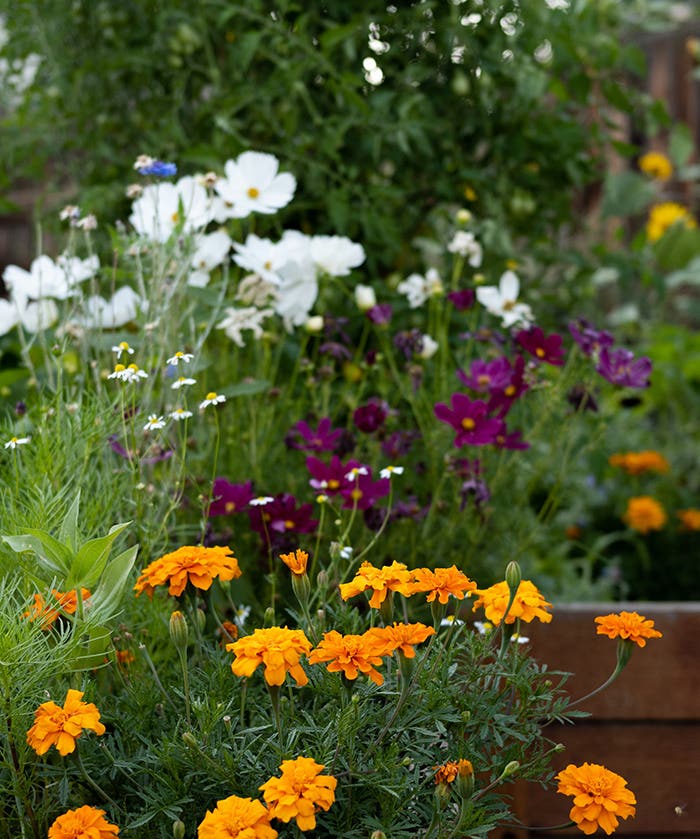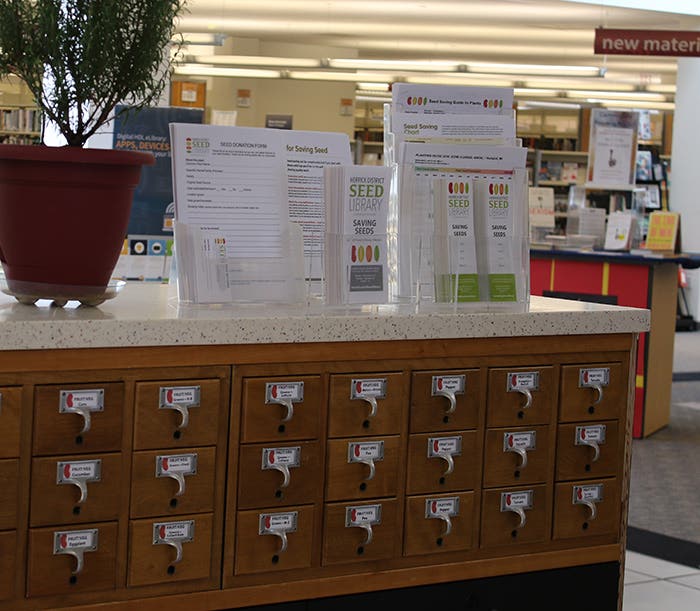Seed-Saving Basics
Seed-saving is not difficult, but it is not as simple as collecting seeds from dried pods at the end of the season. To ensure some reliability and true-to-type seed, you…
Seed-saving is not difficult, but it is not as simple as collecting seeds from dried pods at the end of the season. To ensure some reliability and true-to-type seed, you need to take a few strategies into account.
Choose the Best Seeds to Save
Save seeds from only the best vegetables. Choose the largest seeds from vegetables with superior traits: the sweetest melon, the fat onion with a slender neck, the pea that produced well into summer. You want the strongest seed that performed best in your garden. You will not get great plants from poor seed.
Prevent Cross-Pollination
Plants within families can cross-pollinate, and the resulting seed might not resemble either parent. Insects hop from one plant to the next indiscriminately, spreading pollen along the way. Some plants, such as spinach, are wind-pollinated, and pollen can be blown a mile (1.6 km) or more away. So the first major hurdle in saving seed is isolation. Keep in mind that nearby neighbors may also be growing plants that could cross-pollinate with yours, so isolation is not always dependable.
You can isolate flowers during the pollination process in three ways.
1. Use distance. Separate plants known to cross-pollinate by growing them at specified distances from one another. The distances will vary with botanical families and can depend on whether a vegetable is wind- or insect-pollinated.
2. Use timing. You can ensure pure seed if you stagger planting times of similar crops, starting one early in the season and waiting to plant the other until the first is already in bloom.
3. Use barriers. Physical barriers, such as bagging individual flowers, adding row covers, or caging whole plants to exclude insects, will prevent cross-pollination. Plants that need insects to spread their pollen can be isolated on alternating days, by exposing one variety while another remains covered.
Sometimes it is easiest to pollinate the plants yourself, by dusting pollen from the male flower onto the stigma of the female. Plants will still need to be controlled to be sure of purity, however.
Clean, Dry and Store Seeds Properly
Some seeds, such as peas and beans, are easy to collect. They dry in their pods and can be shelled and stored. Others, such as tomatoes and melons, are surrounded by a wet growth-inhibiting gel and must be processed before the seed is viable. These issues are addressed according to specific plants.
For most plants, allow the flowers or fruit to mature fully before harvesting seed, even to the point of letting them dry on the plant. If the weather turns wet or a frost is forecast, bring the plants indoors to finish drying. Wet seeds becomes less viable and can quickly rot. To dry indoors, pull or cut the plants and hang them in a warm, dry spot for a week or two. Seeds must be dried to the point of being brittle before you store them in airtight or sealed containers. Even a small amount of moisture in a seed can cause it to rot. When in doubt, store your seed in paper envelopes or bags to allow air to circulate. You can use silica gel or even food dehydrators to dry seed, but do not use your oven, because even the lowest setting is still too hot. Seeds contain the embryo of a future plant, and temperatures warmer than 96ºF (36º C) can damage that embryo.
Thoroughly dry seed can be stored in a freezer to kill any insects or eggs that might be hiding inside the seed. If you do not want a freezer full of seed, you can remove them after a few days and store them elsewhere. Finally, do not forget to label and date seed containers.
This post is excerpted from The Beginner's Guide to Growing Heirloom Vegetables (Timber Press, 2011) by Marie Iannotti.
Image Credit: Wikimedia Commons
_____________________________________
The Complete Guide to Saving Seeds teaches you how to simply collect, save and cultivate seeds from more than 300 vegetables, herbs, fruits and flowers.
Get a behind-the-scenes peek at the business of seed saving with The Joy of Seeds download.
The Gardener's A-Z Guide to Growing Flowers from Seed to Bloom is an indispensable reference for growing over 540 annuals and perennials from seed.
Subscribe to our free gardening e-newsletters.


